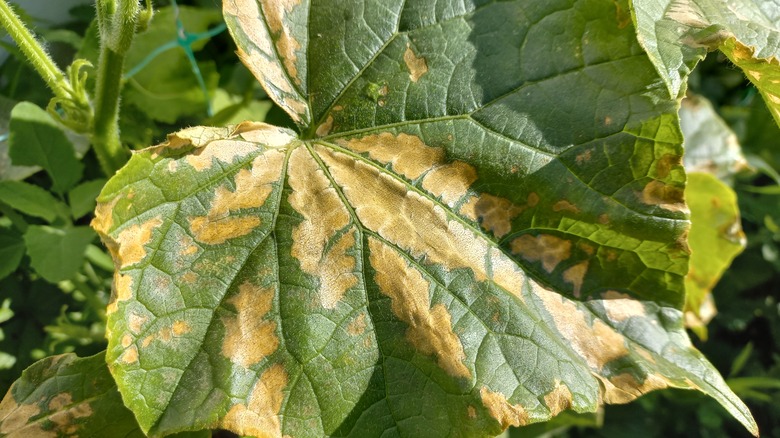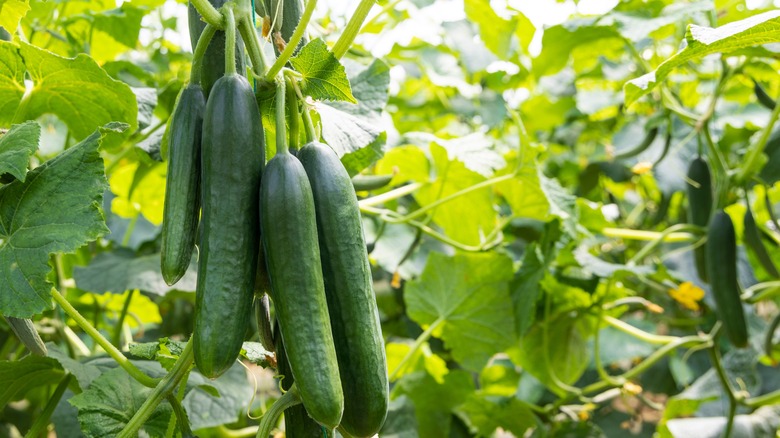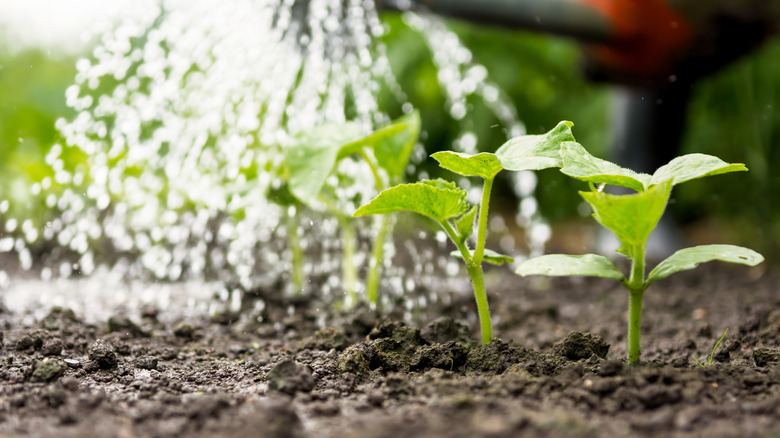Reasons Why Your Cucumber Plant Is Turning Yellow
If your cucumber plant is looking a bit wilted and beginning to yellow, it's not too late to save it. Just think of this as the plant's way of showing you that it's a little stressed out. There are multiple causes for yellowing leaves, but this affliction can mainly be attributed to lack of sunlight, improper watering, and nutritional deficiencies in the soil. Both overwatering and under-watering can lead to stress, which manifests in the leaves. Overwatering can waterlog the plant and deprive the roots of oxygen, essentially drowning the plant. Underwatering can lead to drought stress, which can impact structural growth and fruit production.
If your cucumber plant is beginning to yellow, it might also be a sign of age. As these plants mature, it's completely normal for their foliage to turn yellow and wilt into nothing. If your plant is still young, then another possible issue is disease or pest infestation. Downy mildew is a fungal disease characterized by yellow patches on cucumber leaves and a grayish-white fuzzy growth. It thrives in cool, humid conditions and can cause wilting and plant death. Bacterial wilt is transmitted by cucumber beetles and leads to wilting, yellowing, and eventual death of the plant
It's a sun-loving plant
One common reason for your cucumber plant's leaves turning yellow is a lack of sunlight. These plants thrive in full sun, and require a minimum of six to eight hours of direct sunlight on a daily basis. When deprived of adequate sunlight, the leaves may lose their vibrant green hue and begin to wilt and look a bit crispy and yellow. To alleviate this issue, it's important to provide your plants with ample exposure to sunlight so that they can harness enough energy for photosynthesis and growth.
To make sure your cucumber plants are getting enough UV exposure, plant them in an area that receives at least six hours of unobstructed light each day. Try to avoid overcrowding by giving each cucumber plant enough space to flourish and grow. Giving your plants a nice buffer also provides proper air circulation, which helps prevent rot and fungal disease. If they are receiving more than the allotted eight-hour sun time, then you might want to consider creating shade by using a sun sail or strategically planting taller plants nearby.
It might be lacking nutrients
Cucumber plants depend on a range of essential nutrients, including nitrogen, phosphorus, potassium, magnesium, and zinc, which help foster growth. If there's an insufficiency of these elements, it can result in yellow leaves, as well as a negative impact on the plant's overall growth and development. A lack of sufficient nutrients can eventually lead to a condition where the plant is unable to produce enough chlorophyll, called chlorosis.
To determine if your cucumber plant is feeding off of nutrient-deficient soil, it's recommended to first get your dirt tested. After you've received the prognosis, then it's time to fertilize it. You'll want to choose a balanced fertilizer with a low nitrogen content and higher levels of phosphorus and potassium. Also add compost, which will help to continue pumping nutrients into the soil as it gradually breaks down. When in doubt, consider testing your soil to see if there are any specific nutrient deficiencies that might need special tending to.


